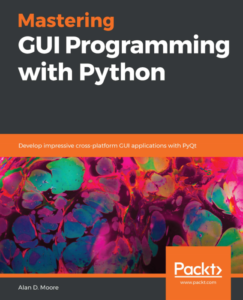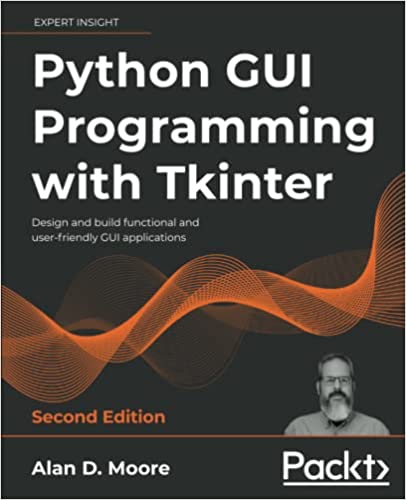I started blogging sometime in the early mid 2000’s. The internet was a simpler, slightly more innocent place back then. We didn’t have “influencers”, social media was fairly nascent, and an awful lot of us mostly opened our browsers to read text. At the time I was recovering from a failed music career and trying to reprogram my brain for a career in information technology by absolutely bathing every neuron in tech-related content. This blog started, in many ways, as an overflow from that.
I’d blog to document things I’d learned or created. I’d blog to answer questions I saw on forums over and over. I’d blog to just brain-dump something I’d learned, or to brag on something I’d just coded. Mostly I just blogged because I get ideas in my mind and I need to get them out so I can get past them and think about the next thing.
At some point in 2017, someone noticed that I blogged about programming in Tkinter and I was offered a book deal. I ended up writing 3 books for Packt on Python, and suddenly I had an online persona. I’m now an author, with (believe it or not) a bit of a fan base. That’s pretty cool and yet humbling. And also a little stifling.
Because now what started as a guy just writing out his thoughts on whatever was filling his brain at the time became part of a marketing tool for a product. It became part of the online branding for Alan D Moore the author. I felt the pressure to orient the content towards things that would sell books or make me appear like some sage programming guru. The result? I quit blogging.
Some people are wired up such that when they see an opportunity for fame and fortune and they seize it with two white-knuckled hands and milk it for all it’s worth. I’m not one of those. My brain wants to be free. Free to think about what interests me, free to pursue avenues of interest that I find inspiring. Yesterday it was programming. Today it might be electronics. Or music. Or Theology. Who knows where I’ll want to go tomorrow?
I can’t guarantee I’ll be wanting to write about any of those things, but I will still be me. And I’ll still want to write about whatever is captivating my thoughts. And for quite a few years now, I’ve felt like this blog — my own blog, on my own website, that I pay for — hasn’t been a place where I can do that. Well, now it’s going to be.
So this post is basically my notice to anyone who had expectations in coming here. Maybe you know me as an author of books or youtube videos about Python GUIs and you’re expecting some great insights on that. Maybe you remember me from some Linux forum or from some old Linux tutorial and want to hear thoughts about free software. Maybe you’re someone who read my tutorial on drum machine programming or harmony, or one of the literally dozen(s?) of SpinAround fans wondering what the former keyboard player is up to these days. Whatever your expectations were from this blog, dear wonderful visitor, I’m officially no longer worrying about meeting them. What gets posted here from now on is just whatever I want to write about.
And now, with that said… on to what’s next.

